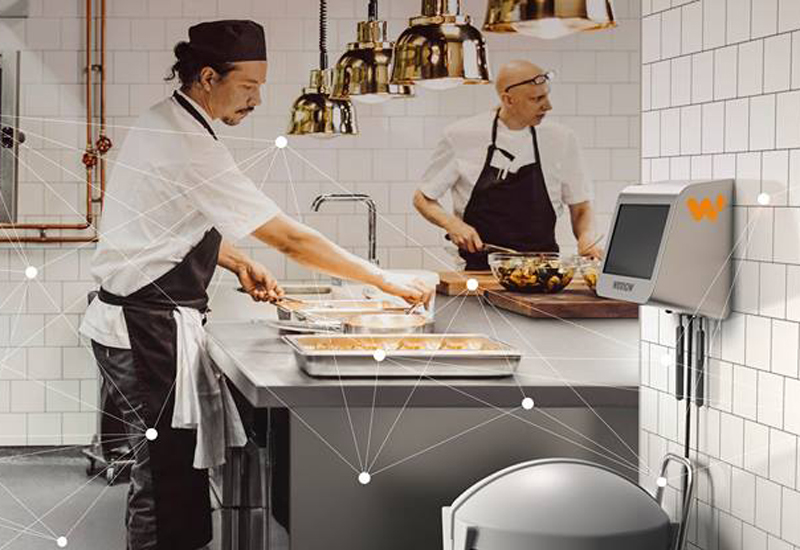In an era where voice assistants have become an integral part of our daily lives, understanding the concept of data encryption is crucial. These devices, like Amazon’s Alexa, Google Assistant, and Apple’s Siri, are designed to make life easier by providing hands-free assistance. However, the convenience they offer comes with concerns about how personal data is handled and protected.
Data encryption plays a pivotal role in safeguarding the information processed by these smart devices. Without robust encryption protocols, sensitive data could be vulnerable to unauthorized access and misuse. This article delves into the importance of data encryption in voice assistants and how it ensures the security of user information.

Understanding Data Encryption
Data encryption is the process of converting information into a code to prevent unauthorized access. In the context of voice assistants, it ensures that the data collected is transformed into a secure format that can only be decoded by authorized entities. This process is essential for maintaining the confidentiality and integrity of user information.
Importance of Data Encryption in Voice Assistants
Protecting Personal Information
Voice assistants process a significant amount of personal data, from basic commands to sensitive information. Data encryption ensures that this information is secured, preventing potential breaches that could lead to identity theft or financial loss.
Maintaining User Trust
Users need to trust that their personal information is safe when using voice assistants. Implementing strong encryption protocols helps in building and maintaining this trust, assuring users that their data is protected from potential threats.
Compliance with Regulations
Various regulations, such as the GDPR and CCPA, mandate the protection of personal data. Voice assistant manufacturers must implement data encryption to comply with these laws, ensuring that user data is handled responsibly.
Encryption Methods Used in Voice Assistants
Symmetric Encryption
This method uses a single key for both encryption and decryption. It is efficient but requires secure management of the keys to prevent unauthorized access.
Asymmetric Encryption
Asymmetric encryption uses a pair of keysone for encryption and another for decryption. This method offers enhanced security as the decryption key is not shared.
End-to-End Encryption
End-to-end encryption ensures that data is encrypted on the sender’s device and only decrypted on the receiver’s end. This method offers a high level of security, as data remains encrypted throughout the transmission process.
Challenges in Implementing Data Encryption
Balancing Performance and Security
Implementing robust encryption can sometimes impact the performance of voice assistants. Manufacturers must find a balance between ensuring security and maintaining efficient device performance.
Keeping Up with Evolving Threats
As technology advances, so do the techniques used by cybercriminals. Voice assistant developers must continually update their encryption methods to combat emerging threats.
Future of Data Encryption in Voice Assistants
The future of data encryption in voice assistants looks promising, with advancements in encryption technology paving the way for even more secure devices. As awareness around data privacy grows, manufacturers are likely to prioritize encryption in their product development, ensuring that user data remains protected.
Conclusion
Data encryption is a critical component in the operation of voice assistants, ensuring the privacy and security of user information. By implementing robust encryption protocols, manufacturers can protect personal data, maintain user trust, and comply with regulatory requirements. As technology continues to evolve, the emphasis on data security will only increase, making data encryption more important than ever.

FAQs
Why is data encryption important for voice assistants?
Data encryption is crucial for protecting the sensitive information processed by voice assistants, preventing unauthorized access and ensuring user privacy.
What are the common encryption methods used?
Common encryption methods include symmetric encryption, asymmetric encryption, and end-to-end encryption, each offering different levels of security.
How do voice assistants comply with data protection regulations?
Voice assistant manufacturers implement data encryption protocols to comply with regulations like GDPR and CCPA, ensuring responsible data handling.
For more insights on how voice assistants are evolving, you can visit this external resource. Additionally, you can explore more about voice assistants for the elderly and their benefits.
This article contains affiliate links. We may earn a commission at no extra cost to you.





